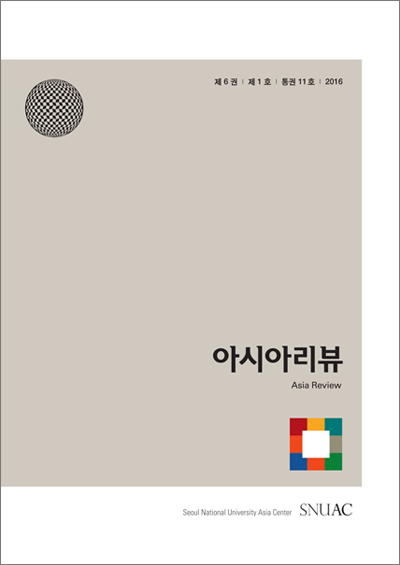Asia is on the rise. It has shown remarkable developmental dynamism compared to Europe and North America. Despite being one of the late or late-late-developers in terms of industrialization and democratization, Asia now spearheads the world’s most rapid transformation into the 21st capitalism.
More than forty years ago, Norman Macrae, then a deputy editor of the Economist, predicted the coming of the “Pacific Century.” According to him, the world had gone through the “British Century” (1775-1875), the “American Century” (1875-1975), and was entering the “Pacific Century” (1975-2075?). Asia was seen as a newly rising leader in the international political and economic realms. Its extraordinary vitality has forced development scholars and practitioners to “Re-Orient” the history of capitalist development in the region (McNeill, 1963; Abu-Lughod, 1989; Frank, 1998).
In accounting for the rise of Asia, there are two different perspectives. One is that Asia (at least China alone) has always been the center of world’s political and economic system, except for the period between 1800 and 1950. The other is that Asia has recently relocated its central position in the world’s political and economic systems as the result of the logic of a capitalist world economy (see Wallerstein, 2012).
I agree with the former perspective. With the coming of the 21st century, Asia has undoubtedly solidified its global stance in wealth and power, as well as in knowledge and culture. Nevertheless, the rise of Asia does not mean collapse of the West. We should be cautious about Occidentalism implying a counteraction to “Orientalism.” Exclusive Asianism under the guise of “De-Eurocentrism” merely represents “Reverse Orientalism.” Historically, Asia has largely stayed ahead of Europe. As every civilization has its downfall, Asia took precedence over Europe during the first five centuries of the second millennium (1,000~1,500 A.D.), but Europe surpassed Asia during the next five centuries (1,500~2,000 A.D.). As historian Geoffrey Barraclough (1965: 205) puts it, “every age needs its own view of history.” In this regard, the so-called “reversal of civilization” does not indicate the end of one history but the beginning of another.

